A good idle CPU temperature is typically between 30°C and 50°C. This range depends on factors like your CPU model, cooling system, and room temperature. Staying within this range helps keep your computer healthy and running efficiently.
From my experience, a good idle CPU temp for my PC stays around 35°C to 40°C with proper cooling. I noticed it runs hotter, close to 50°C, when my room gets warmer, but cleaning the fans helped a lot.
In this article, we will discuss “What Is A Good Idle Cpu Temp”.
Table of Contents
Introduction
Keeping your CPU at a healthy temperature is crucial for the longevity and performance of your computer. But what exactly is a good idle CPU temperature, and why should you care? Let’s dive into the details to ensure your system stays cool and efficient.
Understanding CPU Temperature
What Is CPU Temperature?
CPU temperature refers to the heat generated by your processor during operation. It’s measured in degrees Celsius (°C) or Fahrenheit (°F) and can fluctuate depending on workload, cooling solutions, and external factors.
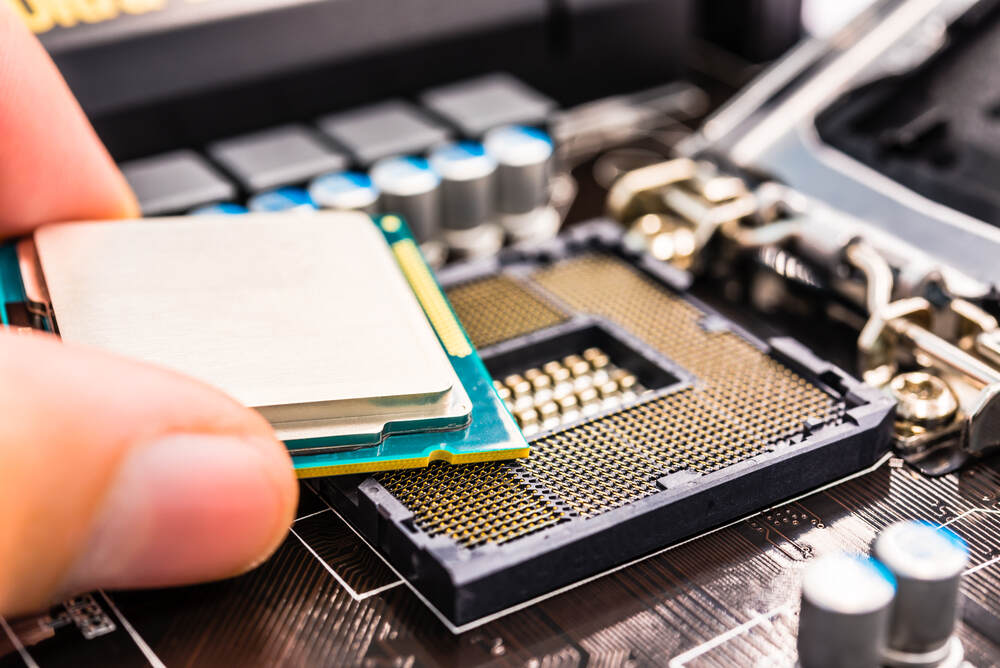
Factors Affecting CPU Temperature
- Workload: High-intensity tasks like gaming or video editing cause the CPU to heat up.
- Cooling Solution: Air coolers, liquid coolers, or even passive cooling affect heat dissipation.
- Ambient Temperature: The room’s temperature directly impacts your CPU’s baseline temperature.
What Does Idle CPU Mean?
Definition of Idle State
Idle state refers to when your computer is powered on but isn’t running resource-heavy applications. It’s essentially the CPU’s “resting” phase.
CPU Workload During Idle
In this state, the CPU handles minimal tasks like background processes or system monitoring, resulting in lower power consumption and heat production.
Read Most Important: Can I Use 8 Pin CPU Cable For GPU – Complete Guide 2024!
Why Does Idle CPU Temperature Matter?
Maintaining a good idle CPU temperature ensures your processor isn’t under undue stress, even when it’s not actively working. Prolonged exposure to high idle temps can shorten the lifespan of your CPU and reduce overall system efficiency.
What Is a Good Idle CPU Temp?
Optimal Temperature Range
A good idle CPU temperature typically ranges from 30°C to 50°C. This range varies depending on the processor model, cooling system, and environmental conditions.
Variations Based on CPU Models
- Intel CPUs: Idle temps usually fall between 28°C and 45°C.
- AMD CPUs: Slightly higher, ranging from 35°C to 50°C due to architectural differences.
How to Measure CPU Temperature
Built-in BIOS/UEFI Tools
Most modern motherboards include a hardware monitoring section in the BIOS or UEFI, allowing you to check real-time CPU temperatures.
Third-Party Monitoring Software
Programs like HWMonitor, Core Temp, and NZXT CAM provide detailed temperature readings and system stats.
Factors That Influence Idle CPU Temperature
- Ambient Room Temperature: A warmer environment naturally raises idle temperatures.
- Cooling Solutions: Air coolers are budget-friendly, while liquid coolers offer better heat dissipation.
- Thermal Paste Quality: Poor-quality or dried-out paste can hinder heat transfer.
- PC Case Ventilation: Good airflow prevents heat buildup inside the case.
Signs of High Idle CPU Temperature
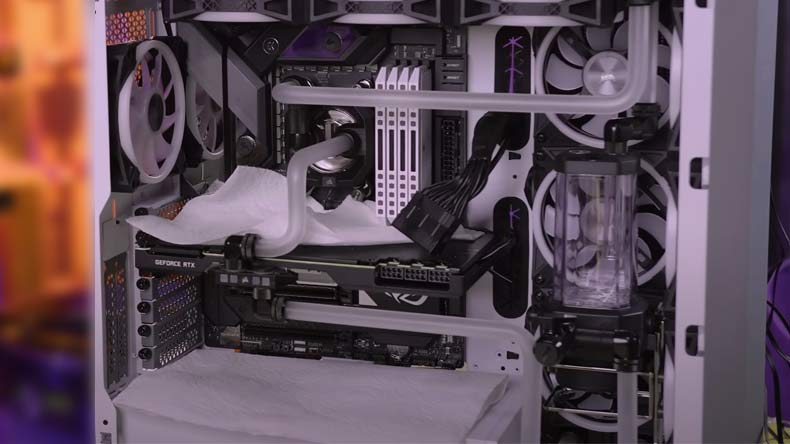
- Warm air from the case: Indicates insufficient cooling.
- System lags: Often caused by thermal throttling.
- Fan running constantly: A sign your CPU is struggling to stay cool.
Troubleshooting High Idle CPU Temps
- Check Fan Operation: Ensure all cooling fans are working properly.
- Clean Dust: Accumulated dust can block airflow and trap heat.
- Reapply Thermal Paste: Replacing old thermal paste can significantly improve cooling.
Tips to Maintain Ideal CPU Temps
- Regular Maintenance: Clean your PC components at least once every six months.
- Invest in Quality Cooling: Choose a cooling solution suited to your workload.
- Optimize Airflow: Arrange components and cables to promote proper ventilation.
Idle CPU Temps for Different Scenarios
Gaming PCs
Expect idle temps around 40°C to 50°C, as gaming rigs often have more powerful CPUs.
Workstation PCs
These typically idle between 35°C and 45°C, depending on workload and cooling.
Laptops
Idle temps range from 45°C to 60°C, given limited cooling capabilities.
Read Most Important: Is Execution Time The Same As CPU Time – Ultimate Guide 2024!
Understanding Temperature Variations by Brand
Intel CPUs
Known for efficient thermal management, Intel processors often run cooler at idle.
AMD CPUs
AMD processors tend to run slightly hotter due to their design but stay within safe limits.
How Overclocking Affects Idle Temperatures
Overclocking increases your CPU’s power draw and baseline temperatures, even when idle. If you’re overclocking, invest in high-performance cooling to prevent overheating.
Importance of Monitoring CPU Temps Regularly
Real-time monitoring tools help you catch problems early, preventing performance issues and hardware damage.
What is a good idle CPU temp Reddit?
According to Reddit discussions, a good idle CPU temp is typically 30°C to 50°C, depending on the CPU and cooling. Users emphasize proper airflow and cooling systems for maintaining these temps. If your temps are higher, cleaning dust or reapplying thermal paste can help. Always monitor temps to ensure stability.
What is a good idle GPU temp?
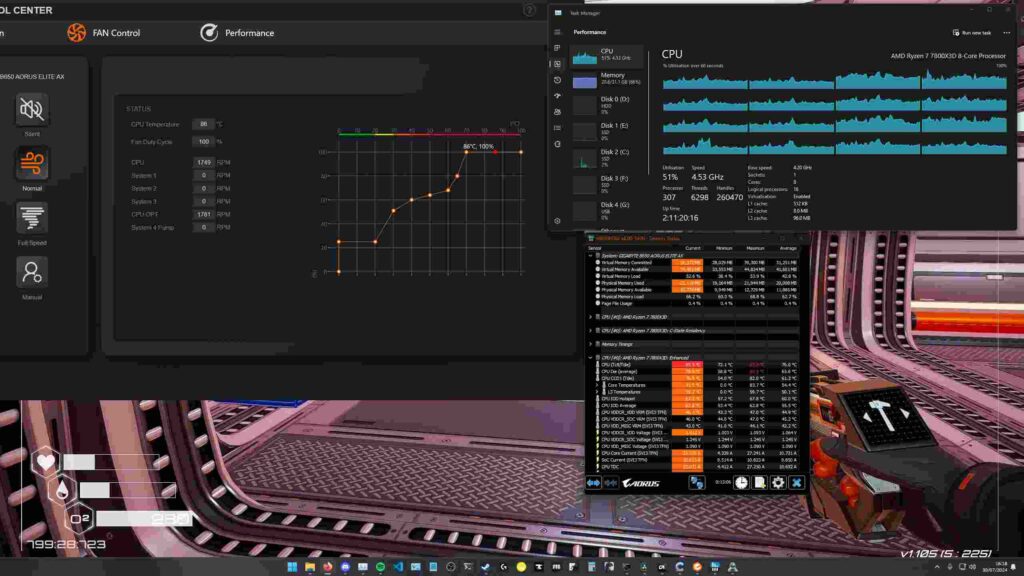
A good idle GPU temp ranges between 30°C and 50°C, depending on the model and cooling. GPUs often run slightly warmer than CPUs at idle due to their design. If temps exceed 50°C at idle, check for poor airflow or background tasks using the GPU. Keeping drivers updated and ensuring proper ventilation is key.
CPU idle temp 50
An idle CPU temp of 50°C is on the higher end but can be normal for laptops or systems in warm environments. Desktop PCs with good cooling should usually idle lower, around 30°C to 40°C. If you’re worried, check your cooling solution and ensure dust isn’t blocking airflow. Reapplying thermal paste can also help reduce temps.
Normal idle CPU temp laptop
For laptops, a normal idle CPU temp is between 40°C and 60°C due to their compact design and limited cooling. Slightly higher temps are common, especially in warmer climates or under light background tasks. Regular cleaning of vents and using a cooling pad can lower idle temperatures. Avoid placing laptops on soft surfaces to maintain airflow.
Read Most Important: Is Warzone CPU Or GPU Intensive – Upgrade Your Experience!
CPU idle temp 60
An idle CPU temp of 60°C is quite high and may indicate poor cooling or background processes. Check your fans, clean out dust, and ensure proper airflow in your case. For laptops, this could be within the upper normal range, but you should monitor closely. Reapplying thermal paste can often reduce temperatures significantly.
Idle CPU temp 7800X3D
The AMD Ryzen 7800X3D typically idles between 40°C and 50°C with good cooling. Slightly higher temps might be normal due to its design, especially with Precision Boost active. Ensure your cooling system is sufficient and avoid overclocking during idle. Monitoring with software like Ryzen Master is a good practice.
GPU idle temp
A GPU’s idle temperature is generally between 30°C and 50°C, depending on the model and cooling. Some GPUs with fan-stop technology might idle higher, around 50°C, as the fans stay off. High idle temps can indicate poor airflow or background GPU tasks. Check your case ventilation and ensure no unnecessary processes are running.
CPU idle temp 70
An idle CPU temp of 70°C is too high and suggests a cooling problem or background load. Check if your cooling system is working properly and clean dust from your components. High ambient room temperature or poor-quality thermal paste can also cause this. Address the issue quickly to avoid long-term damage to your CPU.
What is a good idle CPU temperature?
A good idle CPU temperature is between 30°C and 50°C, depending on your CPU model and cooling system. Lower temps are better for longevity and performance. Keep your cooling system clean and efficient to maintain this range. Monitor temperatures regularly to avoid potential issues.
Is 50 degrees Celsius hot for a CPU?
At idle, 50°C is on the higher side but not alarming, especially for laptops or warm environments. For desktops, it may indicate inadequate cooling or high ambient temperature. Consider improving airflow or reapplying thermal paste. Ensure no background tasks are consuming CPU resources.
Is 45°C a good idle temp for CPU?
Yes, 45°C is within the normal range for an idle CPU. It’s common for both laptops and desktops, especially in warmer climates. If the temperature rises further without any workload, inspect your cooling setup. Regular cleaning of fans and vents helps maintain this temperature.
Is 90 degrees Celsius hot for a CPU?
Yes, 90°C is very hot for a CPU and can lead to thermal throttling or damage. This temperature is acceptable only for short periods during heavy workloads. Prolonged exposure can shorten your CPU’s lifespan. Improve cooling immediately to prevent overheating.
Is 80°C hot for CPU?
80°C is high for most CPUs under normal workloads but may be tolerable during intensive tasks like gaming. For idle, it’s too high and signals poor cooling or airflow. Consider upgrading your cooling system or checking for dust buildup. Keep an eye on temps to avoid damage.
Is 30 a good CPU idle temp?
Yes, 30°C is an excellent idle temperature for a CPU, indicating great cooling. This is more common with liquid cooling systems or in cool environments. It’s a sign your CPU is not under unnecessary stress. Maintaining this temp ensures optimal performance and longevity.
How hot is unsafe for a CPU?
Temperatures above 90°C are generally unsafe for most CPUs and can lead to throttling or damage. The safe max varies by CPU model but is typically around 100°C. Running at such high temperatures for long can harm your system. Proper cooling and monitoring are essential.
What is considered an idle CPU?
An idle CPU is when the processor is running minimal tasks, like background system processes. In this state, the CPU operates at low power and produces less heat. Idle temperatures usually range between 30°C and 50°C. Monitoring idle temps can help identify cooling issues.
How to cool down a CPU?
To cool a CPU, clean dust from fans and vents, ensure proper airflow in the case, and reapply thermal paste if needed. Upgrade to a better cooling system, like a larger air cooler or liquid cooling. Lower ambient room temperature and ensure cables are neatly managed for optimal airflow. Regular maintenance keeps your CPU cool.
Is a CPU temp almost 100°C?
A CPU nearing 100°C is dangerously hot and can cause thermal throttling or shutdowns. This may happen during heavy tasks if cooling is insufficient. Address this immediately by improving airflow, upgrading your cooler, or reducing workload. Prolonged operation at this temp can damage your CPU.
Can a CPU be too cold?
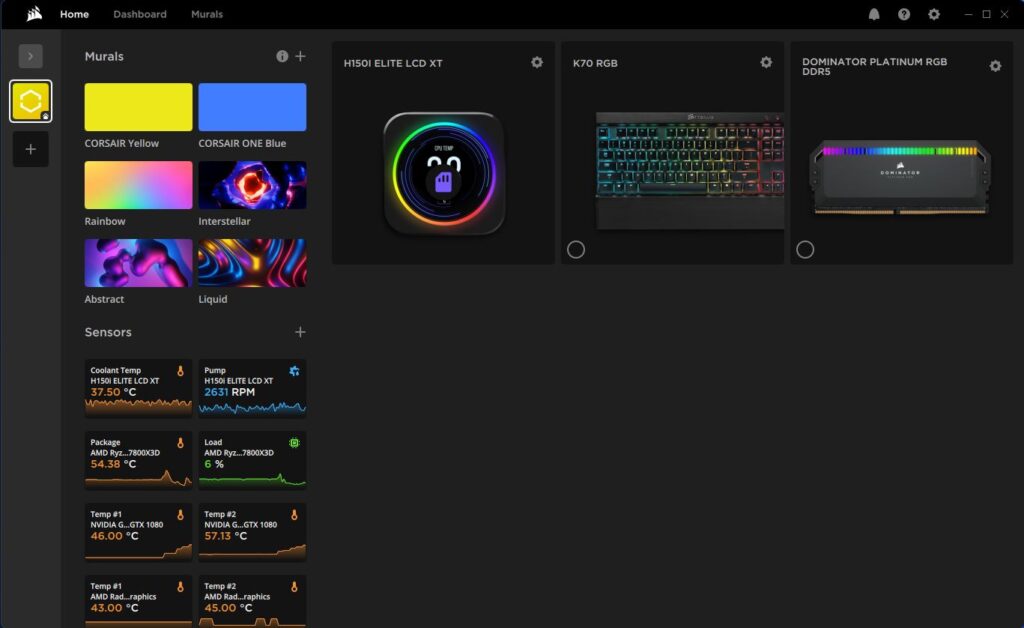
CPUs generally function well at low temperatures, but extreme cold (below 0°C) can cause condensation and damage. For regular use, a colder CPU isn’t harmful and often improves performance. Sub-zero temps are mostly seen in specialized setups like liquid nitrogen cooling. Avoid sudden temperature changes to prevent issues.
Is 70°C safe for CPU while gaming?
Yes, 70°C is a safe temperature for most CPUs under load during gaming. It’s within the normal operating range for modern processors. If it exceeds 80°C, you may want to improve cooling. Regularly clean your system and monitor temperatures for long-term safety.
Read Most Important: What Is CPU Cycle – Explore Your Computer’s Specs In 2024!
FAQs
1. How can I check my CPU temperature?
You can use BIOS/UEFI tools or third-party software like HWMonitor or Core Temp.
2. Is 50°C too high for an idle CPU?
It depends on your processor and cooling solution, but 50°C is on the higher end of the acceptable range.
3. How often should I clean my PC for better cooling?
Clean your PC every six months, or more frequently if you notice dust buildup.
4. Can poor cable management increase CPU temperature?
Yes, tangled cables can obstruct airflow, causing higher temperatures.
5. What happens if my CPU gets too hot?
Excessive heat can cause thermal throttling, system crashes, or permanent hardware damage.
Conclusion
Maintaining a good idle CPU temperature is crucial for ensuring your computer’s performance and longevity. Keeping idle temps between 30°C and 50°C with proper cooling and regular maintenance helps avoid overheating issues. Monitor temperatures regularly to keep your system running efficiently and safely.
Read Most Important:
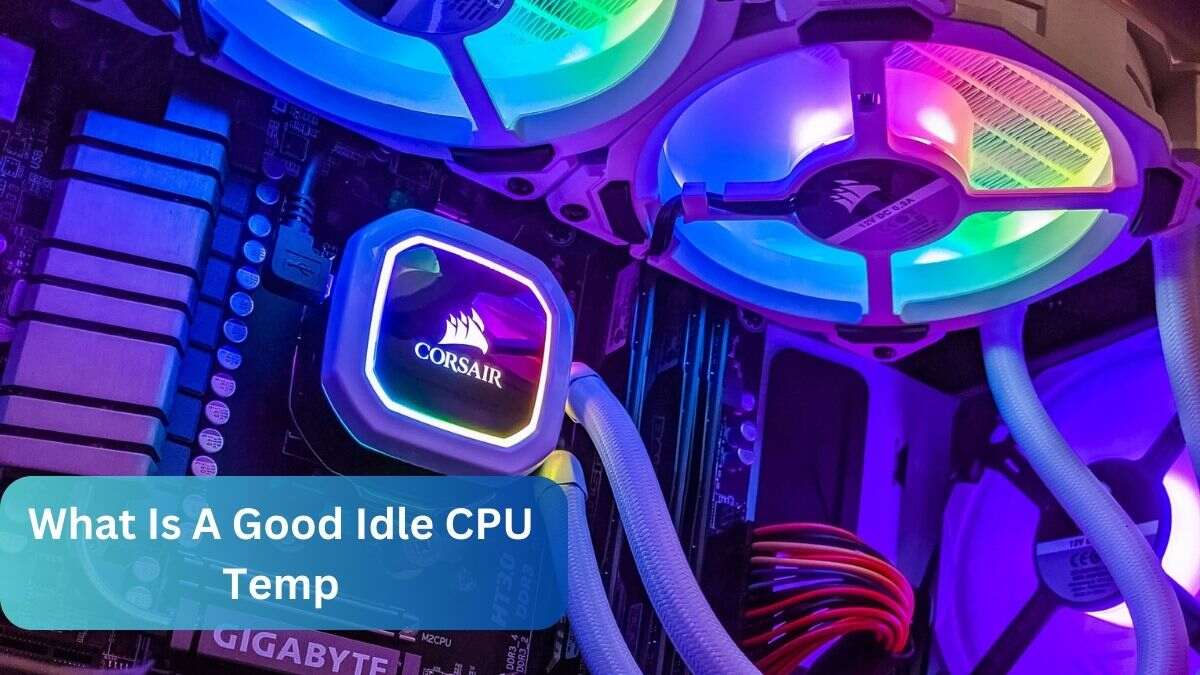
[…] Read Most Important: What Is A Good Idle CPU Temp – The Ultimate Guide In 2024! […]
[…] What Is A Good Idle CPU Temp – The Ultimate Guide In 2024! […]
수원출장샵